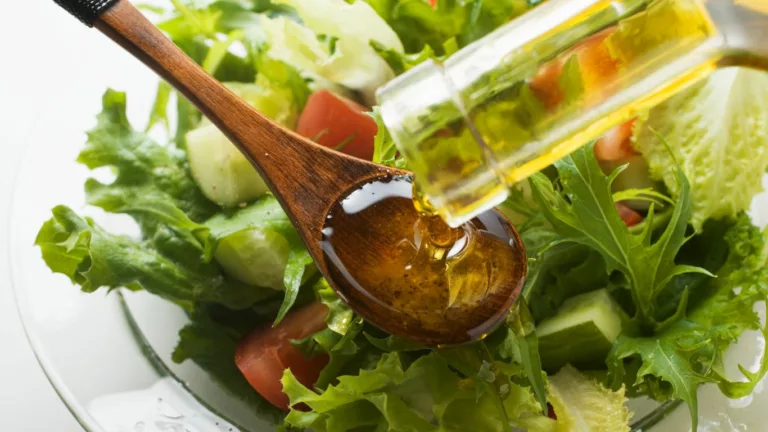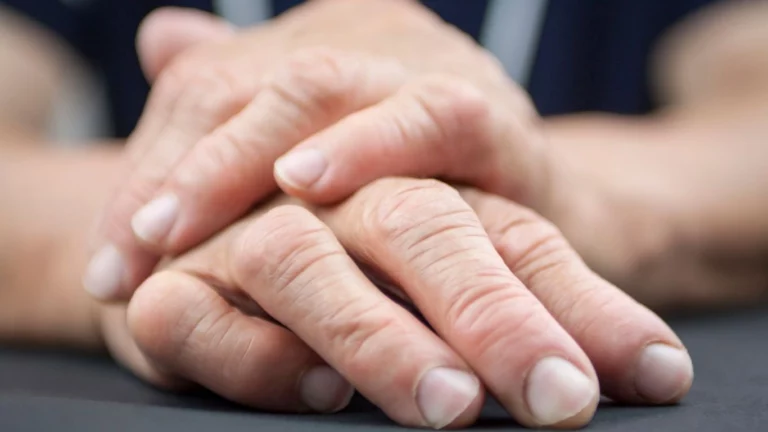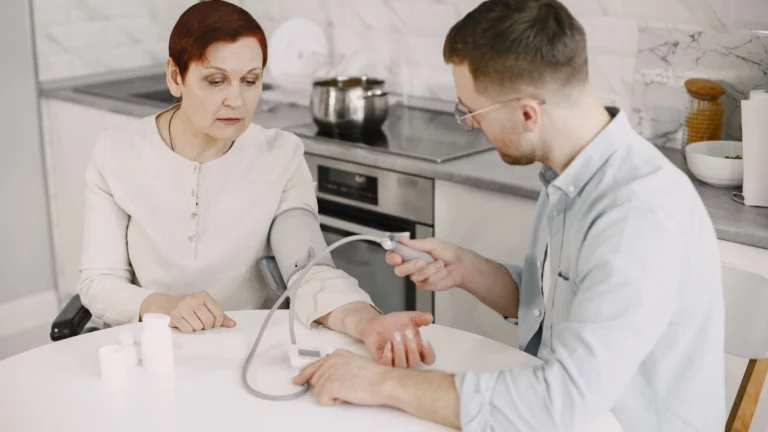Survive the Heat: Smart Tips for Managing Blood Pressure Safely
If you’ve ever felt like your blood pressure has a mind of its own during the summer—or if you’re a patient who’s told me, “Doc, I feel worse when it’s hot”—you’re not imagining things. Managing blood pressure in hot climates comes with its own unique set of challenges. As an internal medicine physician who’s helped countless patients navigate hypertension through sweltering summers, I can tell you: heat affects more than just your comfort. It can mess with your medications, hydration, and even your heart rate.
Why Hot Weather Messes with Blood Pressure

When the mercury rises, our blood vessels naturally dilate to help cool us off. That sounds like a good thing—and sometimes it is—but it also causes blood pressure to drop. This sudden drop can make you feel dizzy or tired, especially if you’re already taking medications like ACE inhibitors, ARBs, or diuretics.
On the flip side, the heat can lead to dehydration, which reduces blood volume. Less fluid in your vessels means your heart has to work harder to circulate blood, which can ironically push your blood pressure right back up. It’s a confusing dance, and for people managing hypertension, it can feel like a guessing game.
Heat, Hydration, and Hypertension: What’s the Link?
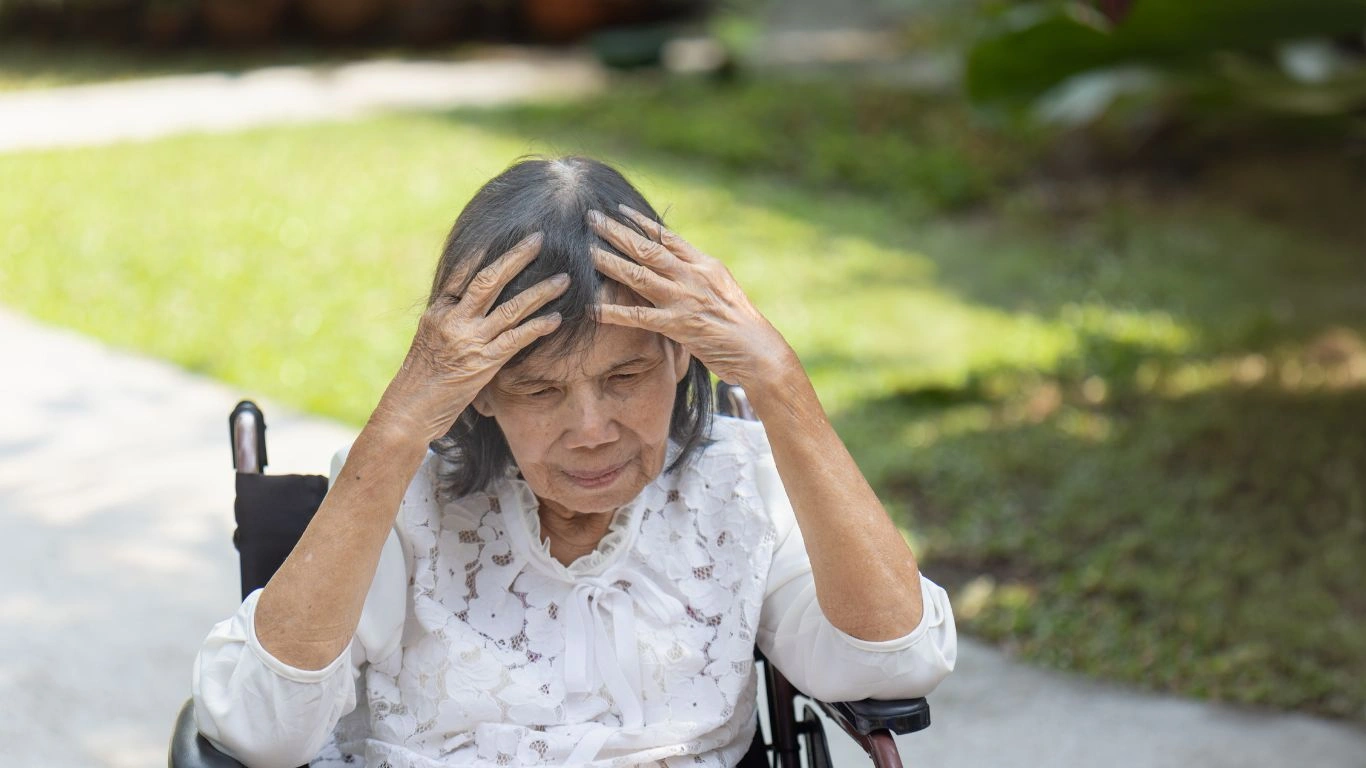
Let me tell you about one of my long-term patients—we’ll call him Mr. R. He’s in his early 60s, lives in Arizona, and every July like clockwork, his blood pressure readings start doing backflips. The problem? He was so focused on not overhydrating (to avoid fluid retention), that he underhydrated, triggering headaches, fatigue, and spikes in blood pressure.
That’s when we had a heart-to-heart about smart hydration. It’s not just about drinking more water. It’s about balancing electrolytes—especially sodium and potassium—while accounting for sweating and medication effects.
Signs You’re Not Drinking Enough (Even if You Think You Are)
- Dry mouth or sticky saliva
- Darker-than-usual urine
- Fatigue or lightheadedness
- Muscle cramps, especially in legs or hands
Don’t wait until you’re thirsty. By then, you’re already behind. I usually tell patients to sip steadily throughout the day, especially before going outdoors or after any physical activity—even gardening counts when it’s 90°F outside.
Managing Blood Pressure in Hot Climates: Daily Habits That Matter

You don’t have to overhaul your entire routine, but small shifts in your day-to-day can go a long way. Here are a few of the tips I give my patients—practical, doable, and grounded in both science and real-world living:
- Time your outdoor activities: Aim for early mornings or after sunset. UV rays aren’t just bad for skin—they stress your cardiovascular system too.
- Dress for the heat: Lightweight, breathable fabrics help your body regulate temperature better. Think linen, cotton, and light colors.
- Watch your salt intake: While you may lose sodium through sweat, that doesn’t give license to go wild with chips and processed foods. Try natural electrolyte sources like watermelon, coconut water, or a banana with a pinch of sea salt.
- Check your blood pressure more often: Especially if you feel off. I always suggest patients keep a log. It helps spot patterns—like dips in the afternoon or spikes after yard work.
What I love most about internal medicine is that it lets me look at the whole person, not just the numbers on a chart. And when it comes to hypertension, context matters—a lot. Your lifestyle, your climate, your habits all play into how well your treatment plan works. So if you’re living in a place where summer feels like a furnace, paying attention to the heat’s impact on your blood pressure isn’t just smart—it’s necessary.
How Medications Behave Differently in the Heat

One thing that surprises many of my patients is how much temperature can change how medications work. In hotter climates, your body processes things differently—your metabolism speeds up, you’re sweating more, and blood flow gets redistributed. All this affects how drugs are absorbed and eliminated.
Take diuretics, for instance. They’re a go-to for many hypertension regimens, but in the summer? They can be a double-edged sword. You’re already losing fluids through sweat, and diuretics push even more water—and electrolytes—out of your system. I’ve had patients tell me, “Doc, I’ve been feeling woozy all week,” and often it traces back to dehydration sneaking up on them while on a med like hydrochlorothiazide.
The solution isn’t to ditch your meds—please don’t ever stop anything without a chat with your provider—but to adjust smartly. Sometimes that means tweaking doses slightly or scheduling your meds at different times to better match your body’s rhythm in the heat.
Tips for Medication Safety in Hot Weather
- Store your meds properly: Don’t leave them in your car or near windows. Some meds break down in heat and lose potency.
- Track side effects: Increased fatigue, dizziness, or heart palpitations? Don’t brush those off. These can signal that your current regimen needs revisiting.
- Don’t double-dose: If you missed a dose while you were out or sweating buckets on a hike, resist the urge to “catch up.”
I always encourage patients to keep a small notebook—or even just use their phone’s notes app—to jot down symptoms they notice. When we review these together, it gives us a much better idea of what adjustments might be needed.
Eating Smart: Summer Nutrition for Blood Pressure Control

Now, let’s talk food. Because believe it or not, your summer diet can either help or hurt your blood pressure. And I say this as someone who has learned the hard way that watermelon every day—while hydrating—isn’t a complete meal plan!
One of the biggest mistakes I see? Relying too heavily on salty, processed snacks—especially during road trips or BBQs. The sneaky sodium content in chips, cured meats, and sauces can derail your progress fast.
Summer-Friendly Foods That Help Lower BP
- Berries: Rich in antioxidants and vasodilating compounds
- Leafy greens: High in potassium and magnesium, which counteract sodium
- Cucumbers and celery: Naturally hydrating and low-calorie
- Avocados: Great source of healthy fats and potassium
- Grilled salmon or mackerel: Packed with omega-3s
Don’t forget about herbs, either. Fresh basil, cilantro, and parsley aren’t just garnish—they’re packed with micronutrients that support heart health. I’ve even started adding them to my water with lemon for a refreshing, functional drink.
Recognizing Red Flags: When the Heat Becomes Dangerous
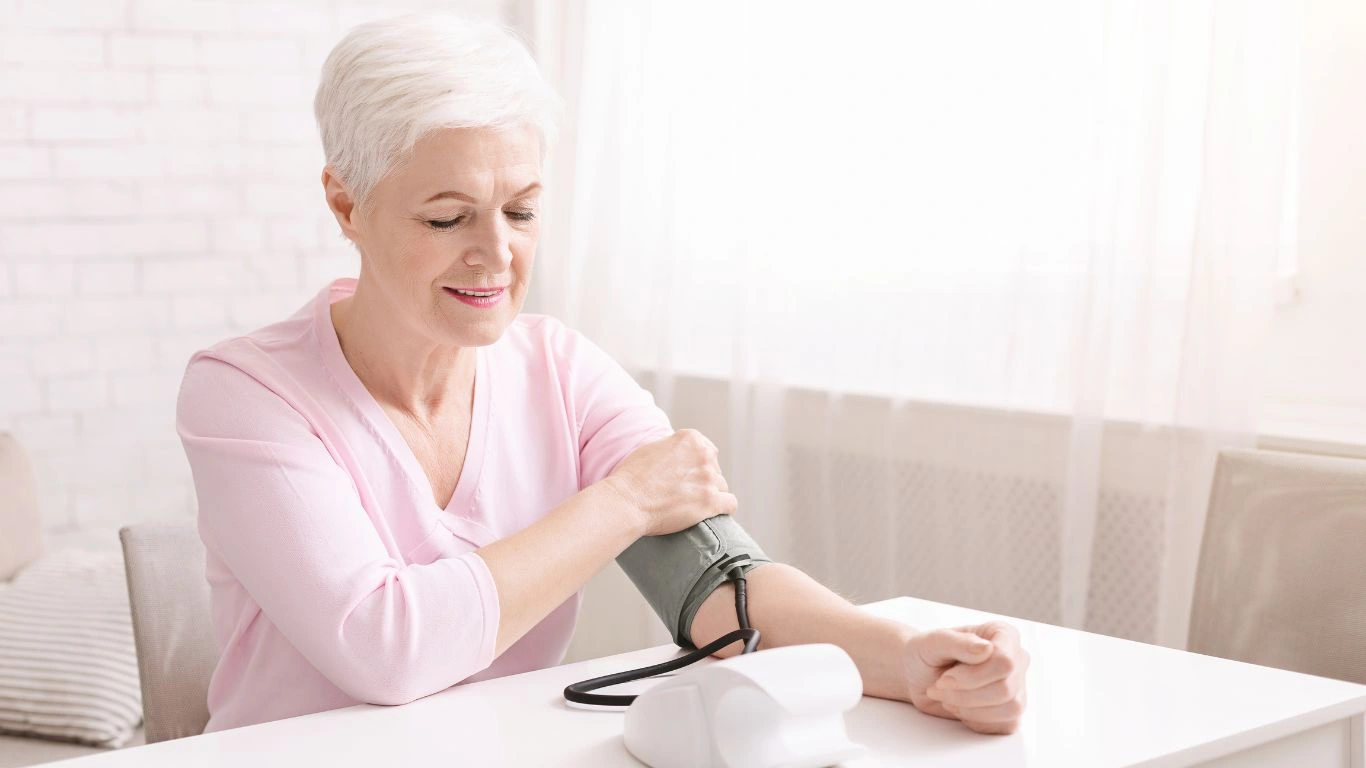
Living in a hot climate means staying tuned into your body’s warning signs. It’s not just about feeling “hot.” There are some subtle and not-so-subtle signals that something’s off. And in hypertensive individuals, these symptoms can turn dangerous if ignored.
Watch for These Warning Signs
- Sudden dizziness or fainting spells—especially after standing up
- Blurry vision or headaches that feel different than your usual migraines
- Rapid heartbeat when you’re not exerting yourself
- Swelling in your legs or hands more than usual
- Confusion or slurred speech—these require immediate medical attention
One of my patients, a woman in her mid-50s who works in landscaping, ended up in the ER last August after feeling lightheaded and “off” for two days. She thought it was just the heat, but her BP had plummeted due to a mix of diuretics and dehydration. A quick IV and med adjustment later, she was fine—but it could’ve been far worse. These are the real-life stories that remind me how easily things can go sideways in hot weather.
If you’re unsure whether what you’re feeling is heat-related or something more serious, play it safe. I’d much rather have a patient call me with a “false alarm” than wait too long to seek care.
Cooling Techniques That Actually Work (And a Few That Don’t)
Let’s wrap up with some practical ways to stay cool that don’t involve cranking your AC bill through the roof. These might seem simple, but they’re shockingly effective when practiced consistently.
Effective Cooling Hacks
- Cool water foot soak: Your feet have tons of blood vessels; cooling them can drop your core temp quickly.
- Misting bottle + fan combo: Mist your face, neck, or chest, then sit in front of a fan. Instant chill.
- Freeze your water bottle: Let it thaw slowly through the day while keeping it by your pulse points (wrists, neck).
- Use breathable bedding: Ditch flannel and opt for bamboo or cotton sheets.
What doesn’t work? I’ve seen folks wrap themselves in cold, wet towels thinking it’ll help—but if it’s too cold, your blood vessels constrict and your pressure could actually rise. Balance is key.
Whether you live in the desert, the deep South, or a tropical zone, managing blood pressure in hot climates requires intentional, day-to-day choices. And it’s not just about medications or numbers—it’s about listening to your body, staying proactive, and yes, maybe giving up that salty margarita rim once in a while.
What to Discuss With Your Doctor About Summer BP Management

One thing I always remind my patients—especially as temperatures start climbing—is that managing blood pressure in hot climates is not a “set it and forget it” kind of situation. Your treatment plan should flex with the seasons. And that means staying in touch with your healthcare provider, not just once a year at your annual physical.
Here are a few specific questions worth bringing up with your doctor when summer hits:
- “Should my medication dose change during hotter months?” — Sometimes, a tiny adjustment can make a big difference in how you feel.
- “Is my current diuretic appropriate for this climate?” — Not all diuretics behave the same. Some are gentler on your hydration status.
- “Would home BP monitoring be helpful for me?” — Spoiler: it usually is. Tracking gives both you and your doc a better picture.
- “How should I manage electrolyte loss?” — Especially important if you’re sweating more than usual or engaging in outdoor activities.
Trust me, we physicians would rather have these proactive discussions than scramble later because your blood pressure spiked (or tanked) after a heatwave hit.
Managing Blood Pressure in Hot Climates When You Travel

If you’re anything like me, summer also means travel. Whether it’s road trips, family reunions, or a beach vacation, these trips are meant to relax you—but they can wreak havoc on your blood pressure if you’re not prepared.
I once had a patient forget their meds while visiting Florida. They were eating salty foods, walking the boardwalk daily, and sleeping poorly in a hot Airbnb with no AC. They came back with swollen ankles and a BP reading in the 180s. Not the kind of souvenir anyone wants.
Tips for Traveling Smart With Hypertension
- Pack more medication than you need: Include extra in case of delays or unexpected changes.
- Keep meds in a carry-on, not checked luggage: Heat and loss risk is way lower that way.
- Stick to your schedule: Set phone alarms to take your medication, especially when crossing time zones.
- Watch your salt intake: Restaurant and hotel food tends to be sodium-heavy. Ask for no added salt when possible.
- Bring a small BP monitor: They’re portable and surprisingly accurate if you invest in a good one.
Vacations are a time to unwind, not a time to undo months of hard work on your health. With a little foresight, you can keep your blood pressure under control and still enjoy the ice cream and beach walks.
Seasonal Adjustments Are a Long-Term Strategy

Something I’ve learned over years of practice—and just as a person who’s seen plenty of summer chaos—is that hypertension isn’t a one-season concern. It requires a full-year approach, and summer is just one chapter in that story.
If you live in a warm or tropical region year-round, you’ll need to build these adjustments into your lifestyle permanently. But even if your heatwaves are seasonal, how you adapt in the summer can make a lasting difference.
And remember, it’s not about being perfect. It’s about being mindful, informed, and consistent. The small changes—adding more hydrating foods, adjusting your meds slightly, watching your salt—add up to big results over time. I’ve seen patients drop 10-15 points in their systolic pressure over one summer just by staying hydrated and tweaking their routine.
Reliable Resources for Ongoing Support
If you’re looking for evidence-based guidance beyond your doctor’s office, here are a few trustworthy resources I recommend often:
- American Heart Association — Tons of tools for tracking, lifestyle tips, and educational guides.
- National Heart, Lung, and Blood Institute — Great resource on hypertension and cardiovascular research.
- Centers for Disease Control and Prevention — Up-to-date health stats and prevention strategies.
- American Gastroenterological Association — Useful for those managing blood pressure alongside dietary or GI concerns.
It’s easy to fall down a Google rabbit hole of conflicting advice, so stick to credible organizations and use them to back up what you’re hearing from your provider.
Final Thoughts
Managing blood pressure in hot climates isn’t just a summer chore—it’s a lifelong skill. Whether you’re walking your dog under a blazing sun, running errands in a heatwave, or sipping tea on your porch during a muggy evening, your body’s responding to all of it. And if you’re on blood pressure meds or already dealing with hypertension, your job is to work with your body, not against it.
So hydrate wisely, eat mindfully, check your pressure often, and don’t hesitate to loop your provider into the conversation. Every summer, I see the difference it makes when my patients approach their blood pressure management proactively—not reactively.
Here’s to fewer dizzy spells, better energy, and staying cool—in every sense of the word.
Disclaimer: This article is for informational purposes only and does not substitute for personalized medical advice. Always consult with your healthcare provider before making changes to your medication, diet, or routine—especially in extreme temperatures.

Dr. Gwenna Aazee is a board-certified Internal Medicine Physician with a special focus on hypertension management, chronic disease prevention, and patient education. With years of experience in both clinical practice and medical writing, she’s passionate about turning evidence-based medicine into accessible, actionable advice. Through her work at Healthusias.com, Dr. Aazee empowers readers to take charge of their health with confidence and clarity. Off the clock, she enjoys deep dives into nutrition research, long walks with her rescue pup, and simplifying medical jargon one article at a time.




